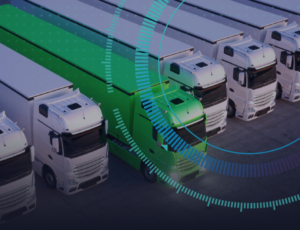Modern route optimisation goes far beyond the capabilities of basic route planners. This white paper from Trakm8 provides an introduction to optimisation, examining the key benefits; how it works; and how to persuade decision-makers in your organisation to invest in it.
Route optimisation software is designed to make transport planning easier and far more efficient. Fundamentally, it works by importing all tasks, such as deliveries or collections, and matches them to assets in the most efficient way.
 Looking holistically at all assets and resources in this way delivers much better results than basic journey planners. While a basic planner can cut fuel bills by identifying each individual vehicle’s best possible route, a comprehensive fleet scheduling application goes several steps further.
Looking holistically at all assets and resources in this way delivers much better results than basic journey planners. While a basic planner can cut fuel bills by identifying each individual vehicle’s best possible route, a comprehensive fleet scheduling application goes several steps further.
The algorithm which powers optimisation software looks at fleets, drivers and depots, in order to assign vehicles, timetables and schedules in the most efficient manner – and crucially, it ensures that the resulting schedules comply with your customer service level agreements (SLAs) such as delivery time windows.
The differences in outcomes achieved by basic route planners and route optimisation are significant. Along with a far bigger reduction in total fleet mileage and transport planning time, optimisation can also substantially improve vehicle utilisation. Typically, this means that fleets find they can achieve the same level of customer fulfilment with fewer vehicles, boosting profitability. In fact, good scheduling software can deliver savings on mileage alone of up to 20%.
Download the white paper here.






